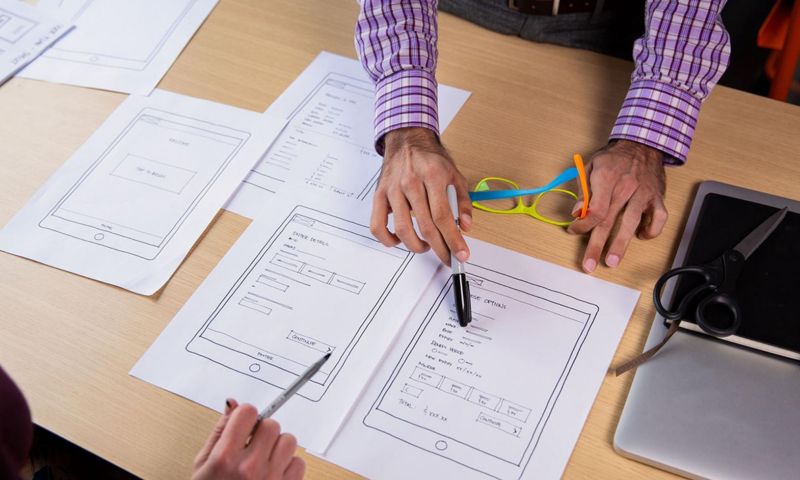Think about the last time you used an app. Was it easy to use? Did it feel natural and intuitive? Did you instantly know how to interact with the buttons and features, without needing instructions or tutorials? If you've ever interacted with a website, app, or digital product and thought, "I'd love to be the one designing this," then a career as a UX designer might be the job for you. From websites and mobile apps to interactive installations and virtual reality, a UX designer plans, executes, and refines the entirety of a user's experience.
But what exactly is a UX designer?
Dr. Li Ping Thong, Associate Dean of Digital Design at School of Design RMIT, explains, “A User Experience designer is a person who makes any kind of digital experiences work better and easier for people. It's not about how something looks, but how it feels to use. As a UX designer, the focus is on creating experiences that are intuitive and enjoyable. The goal is to make sure users walk away thinking, ‘That was easy!’ instead of feeling frustrated.”





